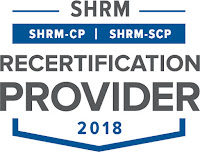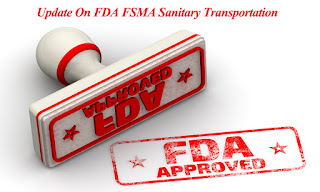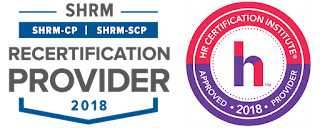Learn the Building Blocks of a “LEAN” EH&S Management System

OVERVIEW Truly maximizing the value of your business operating system(BOS) mandates an integrated “Lean” approach to managing business, quality, regulatory, and technical processes. The success and value of the BOS depends to a large degree upon consistency of best practice. Consistency of best practice allows you to analyze your systems and determine their effectiveness. This webinar introduces you to concepts that accelerate management system implementation and voluntary certification options like ISO 14001, 9001& 45001. That when properly implemented will give you a path towards: Continuous improvement in EHS&Q compliance Optimized value streams Improved processes and procedures Unfettered material and information flow The ability to identify and solve systemic process and product problems A platform for continual improvement and evolution of your BOS Retention of institutional knowledge Sustainability of business processes Lean Six ...



